* (Julia Kristeva/rerun)

‘A palimpsest is “a parchment or other writing surface on which the original text has been effaced or partially erased, and then overwritten by another; a manuscript in which later writing has been superimposed on earlier (effaced) writing.” In other words, a palimpsest is a “multi-layered record.” In the Middle Ages, these parchments were created from vellum, which was then recycled due to scarcity. Chemical agents were used in the recycling process to erase the existing text; the new text was subsequently superimposed onto the clean sheet. With time however the traces of old writing reappeared, leading to the creation of a palimpsest. Palimpsests are there therefore the product of a layering of texts over a period of time.
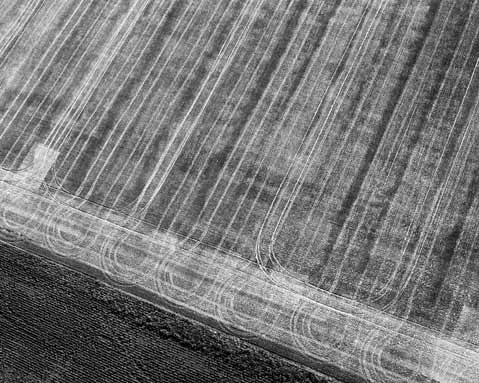
‘In his 1845 essay titled ‘The Palimpsest’ *, Thomas De Quincey refers to the structure as an “involuted” phenomenon where otherwise unrelated texts are interwoven, competing with, and infiltrating each other. As scholar an author Sarah Dillon notes, this idea, along with the coupling of the word with a definite article for the first time, transformed the palimpsest into a figurative entity, investing with metaphorical value that extended beyond its status as a palaeographic object. The nature of the palimpsest is two-fold; it preserves the distinctness of individual texts, while exposing the contamination of one by the other. Therefore, even though the process of layering which creates a palimpsest was born out of a need to erase and destroy previous texts, the re-emergence of those destroyed texts renders a structure that privileges heterogeneity and diversity.

* ‘”What else than a natural and mighty palimpsest is the human brain? Such a palimpsest is my brain; such a palimpsest, oh reader! is yours. Everlasting layers of ideas, images, feelings, have fallen upon your brain softly as light. Each succession has seemed to bury all that went before. And yet, in reality, not one has been extinguished. And if, in the vellum palimpsest, lying amongst the other diplomata of human archives or libraries, there is anything fantastic or which moves to laughter, as oftentimes there is in the grotesque collisions of those successive themes, having no natural connection, which by pure accident have consecutively occupied the roll, yet, in our own heaven-created palimpsest, the deep memorial palimpsest of the brain, there are not and cannot be such incoherencies. The fleeting accidents of a man’s life, and its external shows, may indeed be irrelate and incongruous; but the organizing principles which fuse into harmony, and gather about fixed predetermined centres, whatever heterogeneous elements life may have accumulated from without, will not permit the grandeur of human unity greatly to be violated, or its ultimate repose to be troubled, in the retrospect from dying moments, or from other great convulsions.” — Thomas De Quincey

‘Although the palimpsest does not seek to illuminate the relation between a text and its context, there is a constructive relation that could be drawn between the concept of the palimpsest and that of intertextuality. Kristeva describes the text as a “permutation of texts, an intertextuality,” and by doing so gestures to the idea that “in the space of a given text, several utterances, taken from other texts, intersect and neutralize one another.” Differently put, a text is not merely comprised of other texts, but of ‘utterances’, a product of “the productive violence of the involvement, entanglement, interruption and inhibition of disciplines [and texts] in and on each other.” This notion of a “productive violence” mirrors both, the destructive and the accommodative nature of the palimpsest.

‘Sigmund Freud alludes to the idea of the palimpsest as a metaphor for the perceptual and memory apparatus in his 1925 essay “A Note Upon the ‘Mystic Writing-Pad.'” This article is a brief meditation on a toy writing instrument that contains a “slab of dark brown resin or wax” underneath a thin sheet of waxed paper and a transparent celluloid sheet. The children’s toy allows writing as “a pointed stilus scratches the surface” and ‘magically’ enables re-use of the writing sheet when one severs the contact between paper and slab. Thus, the mystic writing-pad, like memory, “provides not only a receptive surface that can be used over and over again, like a slate, but also permanent traces of what has been written” upon the wax slab, “legible in suitable lights”. For post-structuralist theorists, the palimpsest acts as a useful model of intertextuality, the emergence of texts within a field of other texts, much like the emergence of the fragmented and decentered speaking subject from pre-existing overlapping fields and vectors of language and intersubjectivity. Linguistic enunciation partially overwrites pre-existing language within arbitrary and unstable chains of signification and is, in turn, overwritten. This fluid process thus layers discourse in infinite ways, thereby subverting notions of singular and autonomous authorial control.

‘In “Freud and the Scene of Writing,” Jacques Derrida remarks that “the depth of the Mystic Pad is simultaneously a depth without bottom, an infinite allusion, and a perfectly superficial exteriority: a stratification of surfaces each of whose relation to itself, each of whose interior, is but the implication of another similarly exposed surface. It joins the two empirical certainties by which we are constituted: infinite depth in the implication of meaning, in the unlimited envelopment of the present, and, simultaneously, the pellicular essence of being, the absolute absence of any foundation.” Derrida posits that Freud’s frequent use of writing as a metaphor for the psyche bolsters Derrida’s own deconstruction of phonologocentrism. According to Derrida, Freud’s “Mystic Writing-Pad” reveals not only the primacy of writing but also how humans experience the world retrospectively “through the traces of previous experiences and through the signifiers which are in effect the condition of being”.

‘In postcolonial discourse, the trope of the palimpsest emblematizes colonial history and its series of writings, overwritings, and erasures. The palimpsest implies that colonial trauma is not just singular and discrete events, but an encompassing and long-lasting pattern of writings and erasures on land, colonial bodies, and colonized minds. One can also relate the trope of the palimpsest and postcolonial interrogations to the genre of memoir, especially its connection to memory (both individual and collective), as well as through the mediums of history and power. Patricia Hampl speculates that the “real job of memoir” is to seek the “congruence between stored image and hidden emotion”. More significantly, Hampl notes the political ramifications of the memoir genre: “Memoir must be written because each of us must have a created version of the past. Created: that is, real, tangible, made of the stuff of a life lived in place and in history. And the down side of any created thing as well: we must live with a version that attaches us to our limitations, to the inevitable subjectivity, of our points of view. We must acquiesce to our experience and our gift to transform experience into meaning and value. You tell me your story, I’ll tell you my story. If we refuse to do the work of creating this personal version of the past, someone else will do it for us. That is a scary political fact.”

‘The multifarious and diverse vision projected by the palimpsest, despite being the product of an attempt of destruction and erasure, demands a revision of conceptual systems based on the notions of fixity, linearity, centre and hierarchy. It impels us to replace these systems with new foundations that privilege the conceptions of “multi-linearity, nodes, links and networks.” Roland Barthes’s description of the slippery nature of an “ideal textuality” matches that of the palimpsest: “In this ideal text, the networks are many and interact, without any one of them being able to surpass the rest; this text is a galaxy of signifiers, not a structure of signifieds; it has no beginning; it is reversible; we gain access to it by several entrances, none of which can be authoritatively declared to be the main one; the codes it mobilizes extend as far as the eye can reach, they are indeterminable […] the systems of meaning can take over this absolutely plural text, but their number is never closed, based as it is on the infinity of language.”
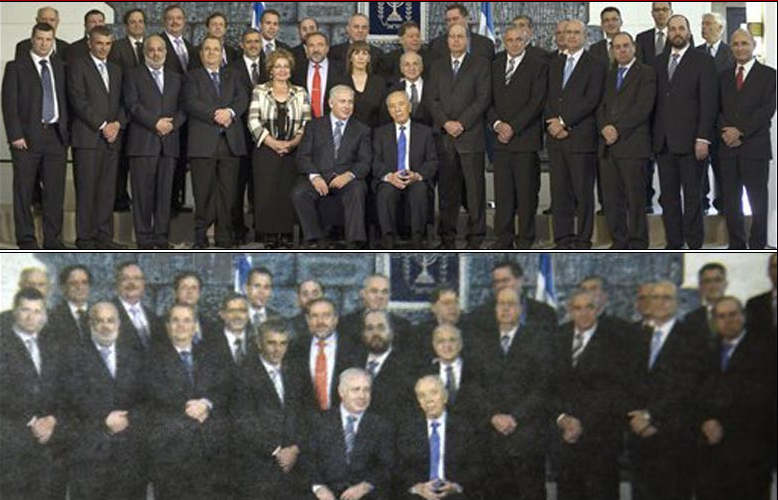
‘The internet, in its obsession with being current, projects itself as a virtual palimpsest. Like webpages, the parchments of vellum constantly get refreshed to reflect current trends, practices and preoccupations. Though many elements of structure and content remain unchanged, there is still an emphasis that the internet places on immediacy, or on the current. The old pages that are written over can consequently, at best, be archived. Webpages are also loaded with hypertext or hyperlinks which ascribe a sense of multi-linearity, characteristic of the palimpsest, to our viewing experience. On a single webpage, it is not uncommon to find several hyperlinks contesting with each other, much like the texts on a parchment of vellum. Furthermore, the constant slippages which are produced as the viewer navigates these hyperlinks resemble the ambivalence engendered by the palimpsest.
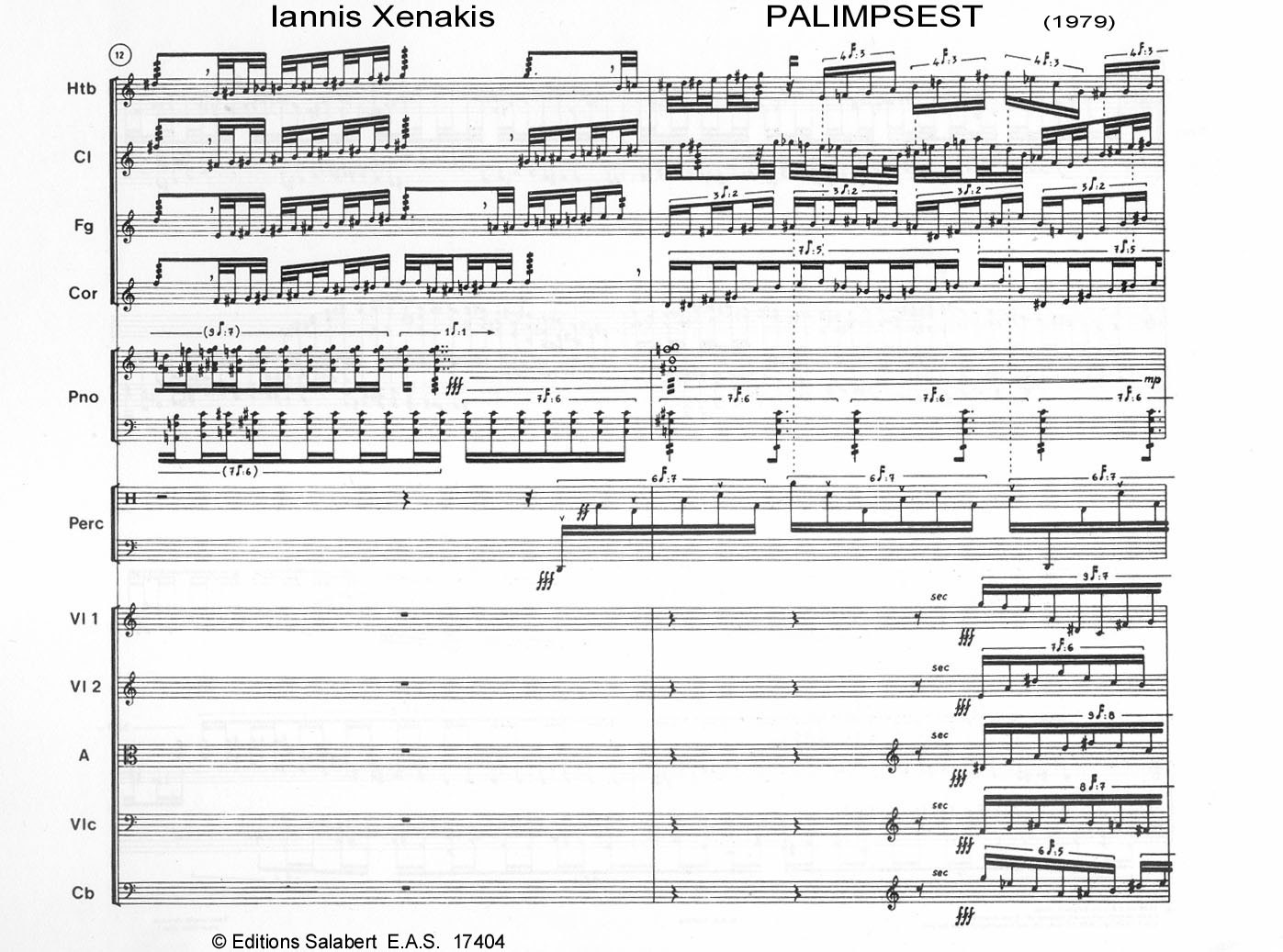
‘Hip Hop is another clear and dominant example of a contemporaneous palimpsest. In the words of DJ and ‘Underground Railroad’ founder Jay Smooth: “You can go back to, throughout the history of music, back to the first –-in Western music–-the first polyphonic music was based on taking a Gregorian chant in a lower register and then singing a new Gregorian chant–-singing a new melody on top of that, in a higher register. You’re basically taking a song and then adding something new on top of it–-that’s the same creative process as hip-hop. The only difference is that in the mid-Nineties we had samplers that let us actually manipulate the recordings, and do it that way instead of other ways. You can look at jazz standards, you can look at what Led Zeppelin did with blues tracks—there are parallels to that all throughout music, but people get caught up in the fact that we’re using the actual recordings. They see it as lazy, but if you’ve ever tried to make a beat as hot as what the Bomb Squad made, or try to make a beat like Just Blaze made, or even the beats that we see as really simplistic, like the beats that Diddy made. If you tried to make a beat that sounded that good you’d find that it’s much harder than you think it is, and I think the amount of creativity and innovation that goes into sample-based hip-hop is very underrated.”
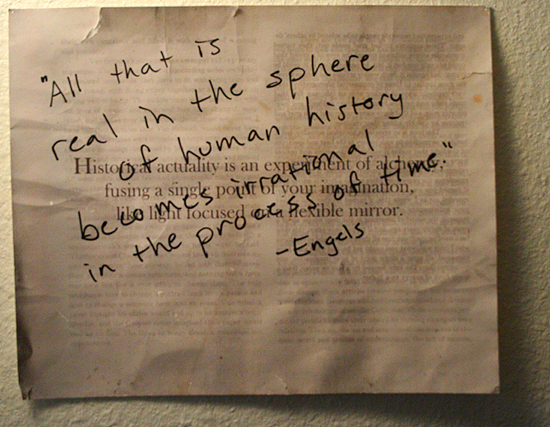
‘The palimpsest is also often likened to the human brain and to memory. In comparing the palimpsest with human memory, De Quincey emphasized its propensity to preserve over its intention to destroy. The palimpsest is therefore presents a utopian possibility of eternal preservation. Sarah Dillon asserts that this “fantasy” of the palimpsest of the mind results in a “spectralization of the self” which inevitably leads to a “spectralization of temporality”. She further notes that the palimpsest represents what Derrida describes as a “non-contemporaneity with itself of the living present”: The present that the palimpsest projects, is constructed by the unintended presence of texts from the past and the possibility of the inscription of future texts. Therefore, the palimpsest “evidences the spectrality of any present moment which already contains with it (elements of) ‘past’, ‘present’ and ‘future’.”

‘The emergence of the disunified, spectralized subject mirrors the unruly and fractious nature of the palimpsest, which eventually leads to a descent into the utopian realm of the carnival. The carnival due to its propensity to plunge certainty into ambivalence relies on the mask, which enables fluid identities. It is however important to recognize that just as the carnival must always give way for order, and all masks are eventually discarded, the palimpsest, due to its inherent unruly nature, will also make way for a structure that privileges an ordered heterogeneity. Although this new structure could be perceived of as a favourable departure from the chaos rendered by the palimpsest, it would certainly lack the charm of its predecessor, which through its fluidity, endorses the reveries of the carnival and its lack of order.’ — collaged from various sources
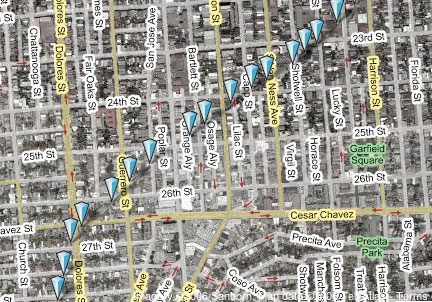
Turning Pages of the Archimedes Palimpsest
Wugazi ‘Sweet Release’
52 secrets in Google Earth
Showgirls – Black Swan : Trailer Mash-Up
Cory Smythe rehearses Iannis Xenakis’ ‘Palimpsest’
Ray of Gob
Stan Brakhage ‘Moth Light’
X-ray demonstration with Van Gogh Painting
‘Funny Games’ remix
Three short video collage vignettes of the Milwaukee Noise Festival 2007
3d video mapping in the Jerusalem Light Festival 2010
Bruce Lee’s Kung Fu Ping-Pong
Tim Hecker’s ‘Palimpsest 2’ co opted by Christian zealot
—-
*
p.s. Hey. I’m physically back in Paris as of a few minutes ago, but I’m sleep-deprived and brain dead, as per expectations, so I’ll see you all back here with general newness and a full-fledged p.s. tomorrow.




 Now available in North America
Now available in North America 
J’Adore Derrida!
And now , Marty explains it all to you.
Hey Dennis, welcome back!
Get over jet lag soon!
I like the “FUNNY GAMES remix,” although I’m not entirely sure what the point is.
Looking forward to the new post, I had fun with the selection of reruns as well. Hope you’re able to catch some much deserved rest. How many haunted houses did you end up going to in total? Any new haunts you especially enjoyed?
Dennis, Glad you made it to and fro safely. And had a lot of fun. I keep up, believe it or not. 😛